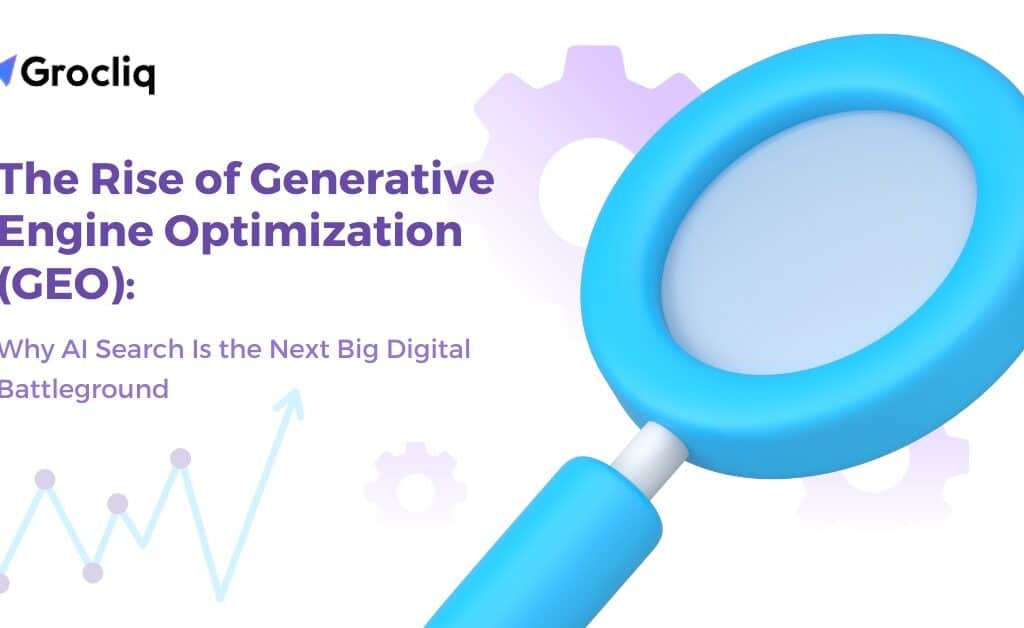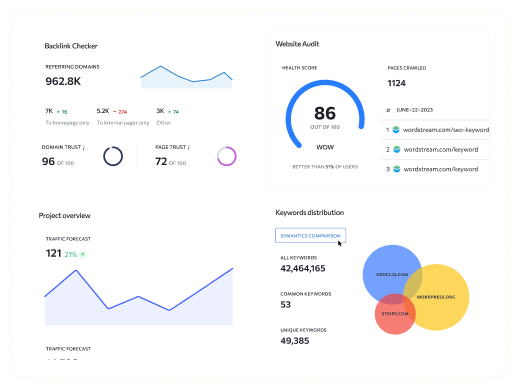Hyperlinks are the clickable elements on a webpage that direct users to another webpage or resource. When creating hyperlinks, web developers have the option to use either absolute or relative references. Relative hyperlinks are a type of hyperlink that specifies the destination of the link about the current location of the webpage. This glossary content aims to provide a comprehensive understanding of hyperlinks using relative reference.
Understanding Relative Reference
Relative reference hyperlinks specify the destination of the link relative to the current location of the webpage. Unlike absolute reference hyperlinks, which provide the complete URL of the destination, relative reference hyperlinks only require a partial URL.
How Relative Reference Works
When a user clicks on a relative hyperlink, the browser interprets the link’s destination based on its position relative to the current webpage. This means that the destination of the link is determined by its relationship to the current URL, rather than relying on a fixed, complete URL.
Advantages of Relative Reference Hyperlinks
- Simplified Maintenance: Relative reference hyperlinks are easier to maintain because they do not rely on specific domain names or file paths. This makes it simpler to update links when changes occur within a website’s structure.
- Portability: Relative reference hyperlinks are more portable than absolute references. They can be moved or copied to different directories within a website without breaking the link.
- Ease of Development: Relative reference hyperlinks are often easier to create during the development process. They require less typing and are more intuitive for developers working within a project’s directory structure.
Creating Relative Reference Hyperlinks
To create a relative reference hyperlink, developers specify the path to the destination file or webpage relative to the current location. This path can include directory names and filenames, allowing for flexibility in linking to different resources within the same website.
Best Practices for Using Relative Reference Hyperlinks
- Consistent File Organization: Maintain a consistent directory structure within your website to ensure that relative reference hyperlinks function correctly across all pages.
- Avoiding Broken Links: Be mindful of changes to file locations or directory structures that could break relative reference hyperlinks. When making updates, test links to ensure they remain functional.
- Testing Across Environments: Test relative reference hyperlinks in various environments, such as local development servers and production servers, to ensure they work as expected in different contexts.
Frequently Asked Questions
Q1. What is the difference between relative and absolute reference hyperlinks?
Relative reference hyperlinks specify the destination of the link relative to the current location of the webpage, while absolute reference hyperlinks provide the complete URL of the destination.
Q2. Can relative reference hyperlinks link to external websites?
No, relative reference hyperlinks only specify the path to resources within the same website or domain.
Q3. How do I create a relative reference hyperlink?
To create a relative reference hyperlink, specify the path to the destination file or webpage relative to the current location of the webpage.
Q4. What happens if the destination of a relative reference hyperlink is moved?
If the destination of a relative reference hyperlink is moved within the website’s directory structure, the link will remain functional. However, if the destination is moved outside of the specified path, the link may break.
Q5. Are relative reference hyperlinks SEO-friendly?
Relative reference hyperlinks do not directly impact SEO. However, they can contribute to a positive user experience by simplifying navigation and improving website usability.





